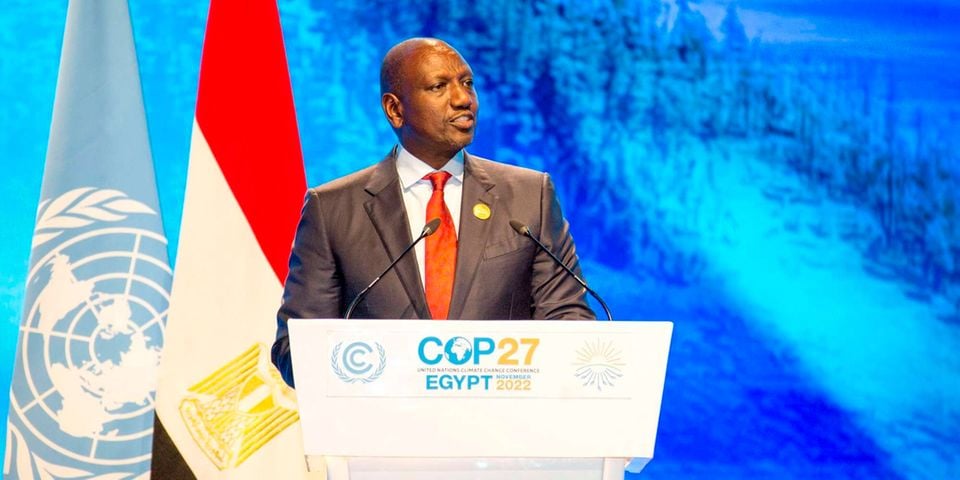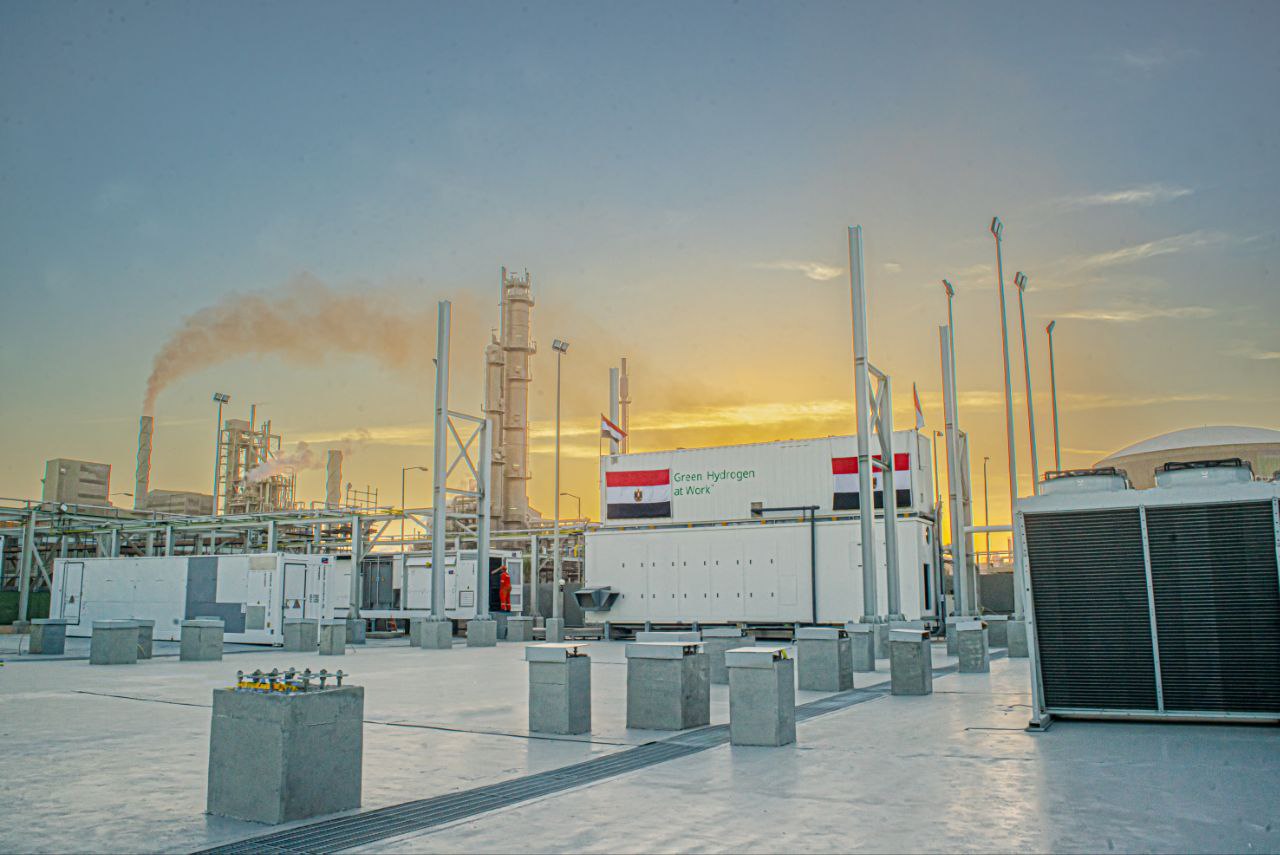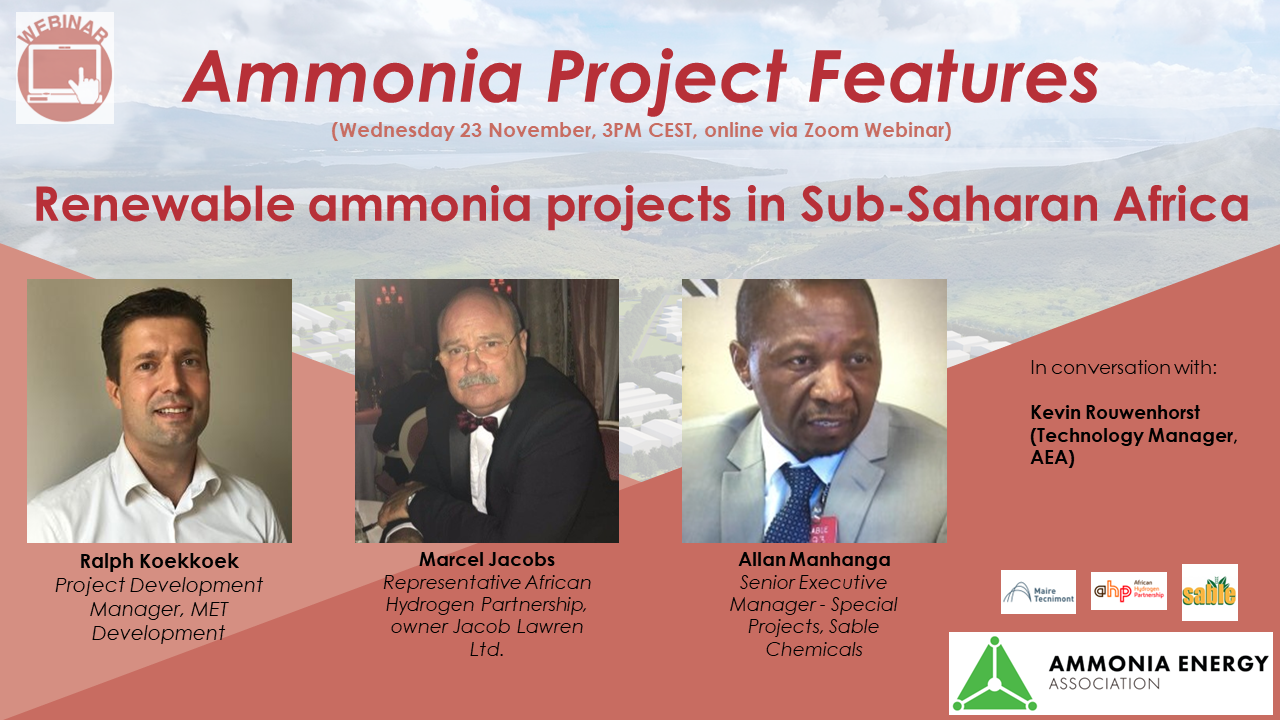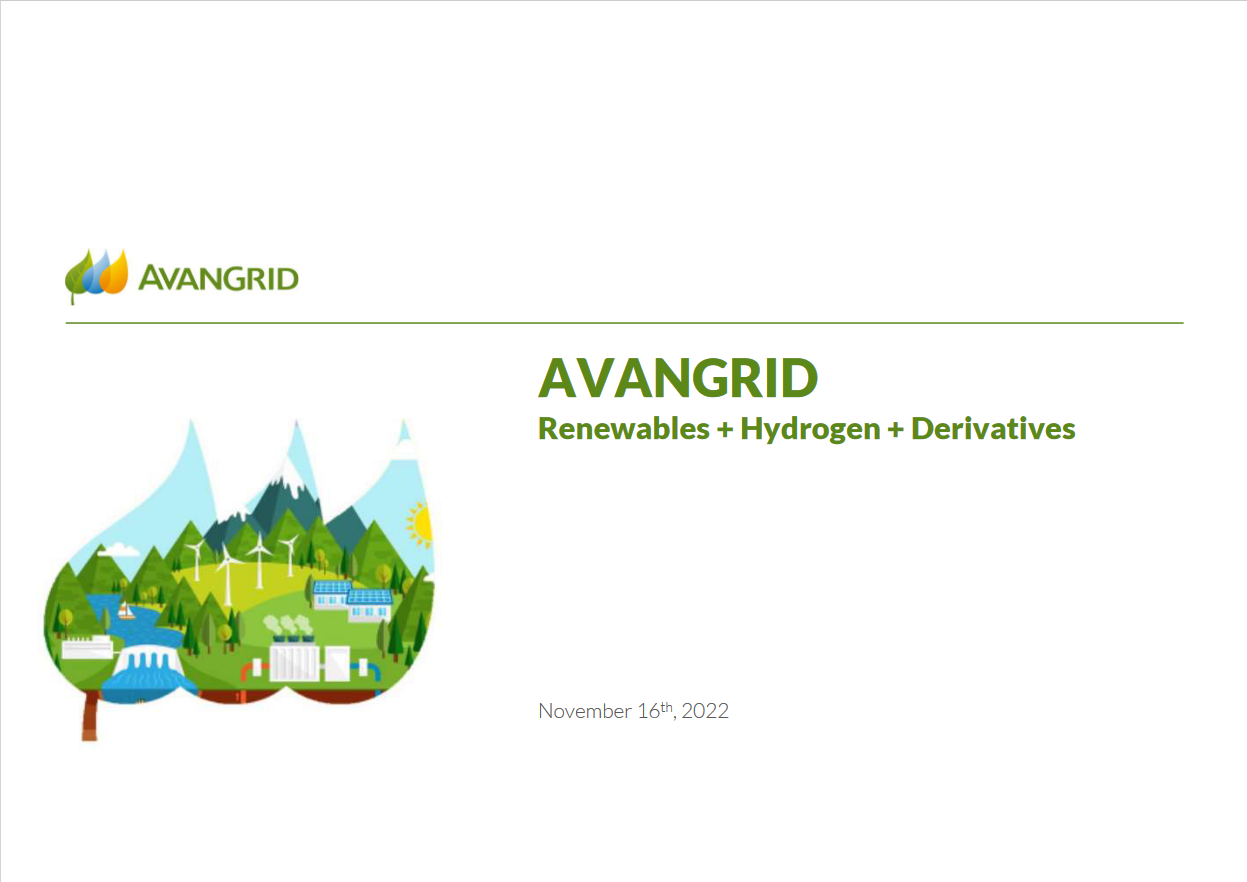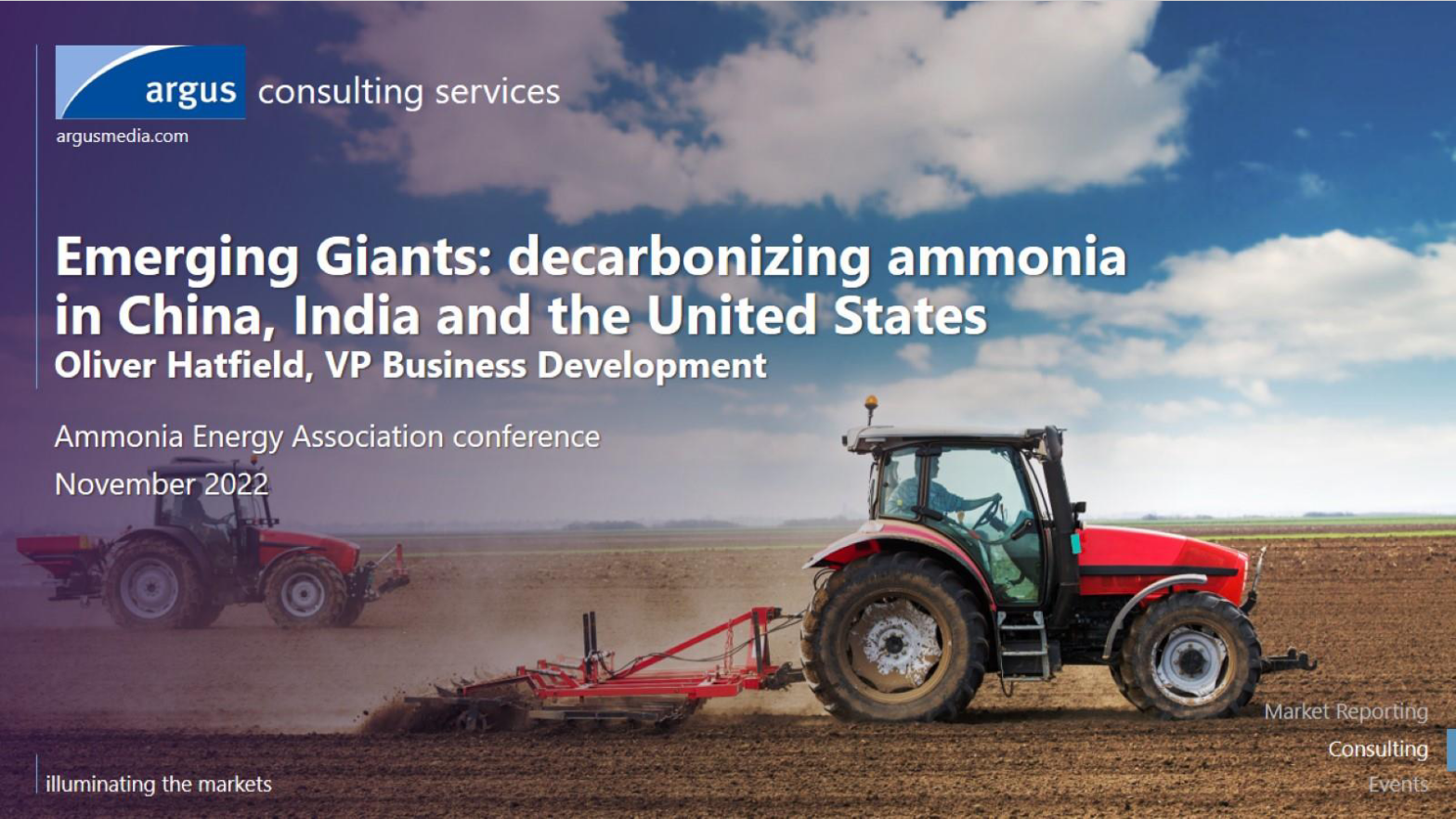COP27: raised ambitions for Africa
Fortescue Future Industries and the Kenyan government will develop a 300 MW, geothermal-powered ammonia & fertiliser production plant. The project is part of a larger pipeline (25 GW) of renewable energy generation being explored by FFI and Kenya. In Mauritania, bp will explore the potential for large-scale renewable hydrogen production, and a new report from Masdar has laid out the opportunities on offer for Africa: as much as 10% of the global renewable hydrogen market by 2050, or 60 million tonnes per year.
